Kais Wildlife Sanctuary, located in the surroundings of Himachal Pradesh, is a haven for nature enthusiasts and wildlife aficionados. Covering an area of over 1,200 hectares, this sanctuary boasts biodiversity and stunning natural beauty featuring lush forests, tranquil streams and rolling hills. Established in 1954, Kais Wildlife Sanctuary, Himachal Pradesh activities helps it stand out as a sanctuary providing a haven for a diverse range of plant and animal species. Among the wildlife inhabitants are the black bear, leopard and various types of pheasants. Its unspoiled charm and peaceful ambience make it an ideal retreat for those seeking solace.
Location
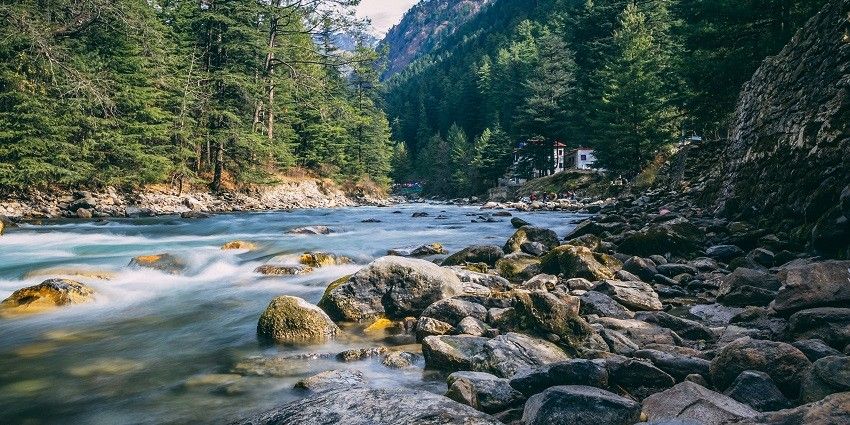
Photo: Ashwini Chaudhary(Monty) / Unsplash
Kais Wildlife Sanctuary address is easy to navigate. It is located in the Kullu district of Himachal Pradesh, India. Approximately 10 kilometres from Kullu, the sanctuary lies amidst the picturesque landscapes of the Western Himalayas. Its location at an altitude of 1,300 to 2,000 metres above sea level makes it an ideal habitat for diverse wildlife and a perfect getaway for nature lovers. The sanctuary’s proximity to Kullu makes it easily accessible while providing seclusion and tranquillity.
Suggested Read: Top Places To Visit In Himachal Pradesh For Your Next Vacation
How To Reach
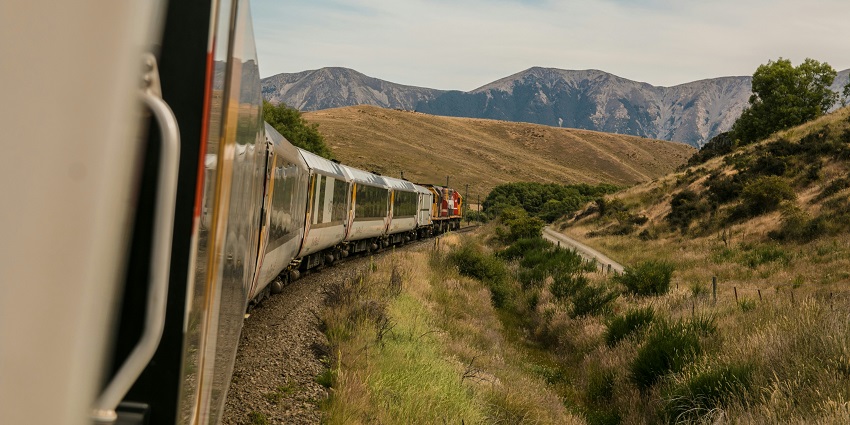
Photo: Josh Nezon / Unsplash / Image For Representation Only
By Road: The sanctuary is well-connected by road, just 10 kilometres from Kullu. You can hire a taxi or take a local bus from Kullu to the sanctuary. The drive offers scenic views of the Beas River and surrounding hills, adding to the experience.
By Air: The nearest airport is Bhuntar Airport, located about 20 kilometres from the sanctuary. Taxis can take you from the airport to the sanctuary.
By Train: The closest major railway station is Joginder Nagar, around 125 kilometres away. You can hire a taxi or take a bus to reach Kullu and then proceed to the sanctuary.
Places To Visit Around Kais Wildlife Sanctuary
Kais Wildlife Sanctuary and its surroundings offer a blend of natural beauty and cultural heritage. Here are some notable places to visit in and around the sanctuary.
1. Great Himalayan National Park

Photo: Photos Worldwide / Wikimedia Commons
The Great Himalayan National Park, a UNESCO World Heritage Site, is located near the sanctuary. This park is renowned for its rich biodiversity, including rare and endangered species like the snow leopard, Himalayan tahr, and western tragopan. You can explore diverse ecosystems ranging from alpine meadows to dense forests. The park offers trekking opportunities and a chance to witness the unique flora and fauna of the Western Himalayas. Its proximity to Kais enhances the overall wildlife experience in the region.
Timings: Daylight hours
Suggested Read: Top Things To Do In Himachal Pradesh
2. Kullu Town

Photo: Abhishek Donda / Unsplash
Kullu town, often called the ‘Valley of Gods,’ is a cultural hub near Kais Wildlife Sanctuary. Known for its ancient temples, traditional architecture, and vibrant festivals, Kullu offers a glimpse into the rich Himachali culture. Visitors can explore local markets selling handcrafted items, visit the Raghunath Temple, or witness the famous Kullu Dussehra festival if visiting in October. The town’s scenic beauty, with the Beas River flowing through it, complements the natural allure of the sanctuary.
Timings: Open throughout the day
3. Manali
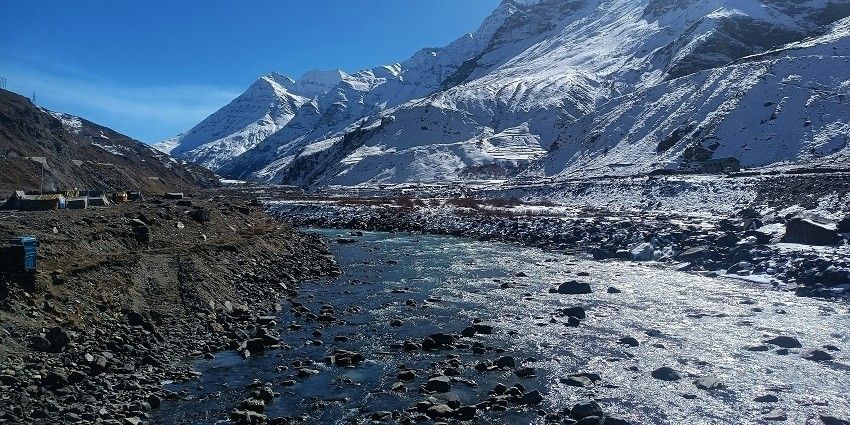
Photo: Vinay Jilowa / Unsplash
Manali, a popular hill station, is situated north of Kullu and provides a perfect counterpoint to the wilderness of Kais. Manali attracts tourists year-round because of its scenic beauty, adventure sports, and spiritual sites. You can explore the ancient Hadimba Temple, relax in the hot springs of Vashisht, or enjoy panoramic views from Rohtang Pass. The town also serves as a base for various trekking routes and adventure activities, offering a different aspect of Himalayan exploration than wildlife sanctuaries.
Timings: Open throughout the day
Suggested Read: Top Offbeat Places In Himachal Pradesh For Fresh Mountain Air
4. Bijli Mahadev Temple
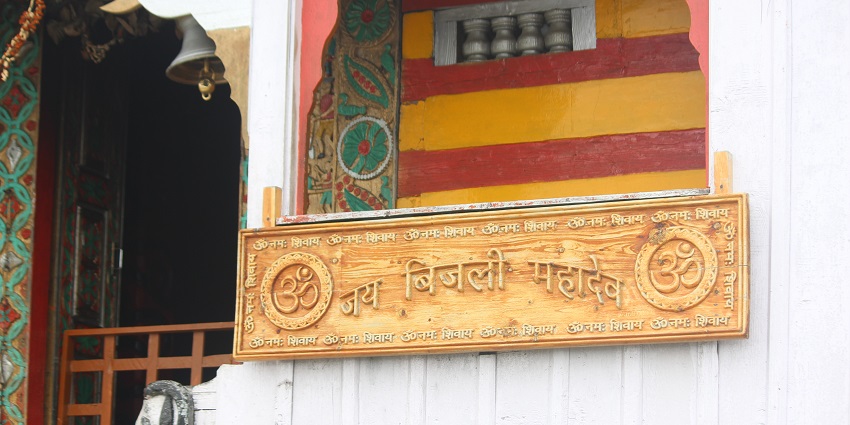
Photo: Chinchu.c / Wikimedia Commons
Bijli Mahadev Temple, perched atop a hill, is a significant spiritual site near Kullu. The temple, dedicated to Lord Shiva, is known for its unique lightning conductor and panoramic views of the Kullu and Parvati valleys. The trek to the temple provides an opportunity to experience the local landscape and vegetation, complementing the wildlife experience at Kais. The temple’s cultural significance and the surrounding natural beauty make it a worthwhile visit for those exploring the region.
Timings: Daylight hours
5. Basheshwar Mahadev Temple
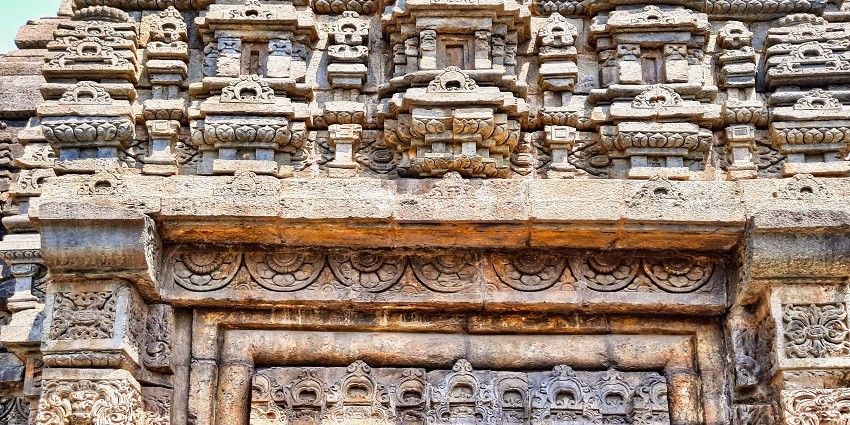
Photo: Ms Sarah Welch / Wikimedia Commons
Basheshwar Mahadev Temple, an ancient stone temple dedicated to Lord Shiva, is located in the Bajaura village near Kullu. Known for its intricate stone carvings and architectural style dating back to the 9th century, this temple offers insight into the region’s historical and cultural heritage. The temple’s peaceful surroundings and artistic details provide a contrast to the wilderness of the sanctuary, offering visitors a glimpse into the area’s spiritual traditions and artistic craftsmanship.
Timings: Daylight hours
Suggested Read: The History And Significance Of Popular Himachal Temples
Where To Stay

Photo: Kenny Eliason / Unsplash / Image For Representation Only
Accommodation options near the sanctuary are primarily centred around Kullu and nearby areas. Some popular areas for accommodation include the Kullu town centre, Naggar, and the road towards Manali. It’s advisable to book in advance, especially during peak tourist seasons.
Where To Eat

Photo: Dolores Preciado / Unsplash / Image For Representation Only
Kullu offers a variety of restaurants serving local Himachali cuisine as well as North Indian and some international dishes. For an authentic local experience, trying Himachali dishes like Siddu, Babru, and Chha Gosht is recommended. Many hotels in Kullu also have in-house restaurants catering to various tastes. Street food and small local eateries in Kullu can provide a taste of regional flavours. For those venturing closer to the sanctuary, carrying packed meals or snacks is advisable, as dining options may be limited.
Suggested Read: Wildlife Sanctuaries In Himachal Pradesh To Visit On Your Upcoming Trip
Best Time To Visit
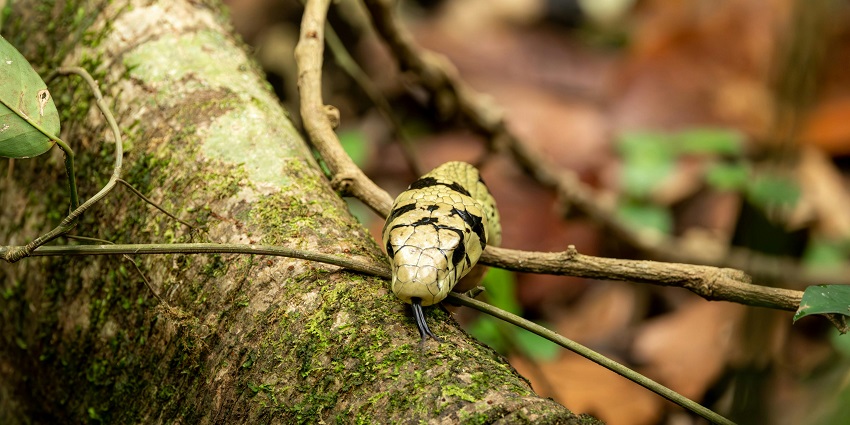
Photo: Tomáš Malík / Pexels / Image For Representation Only
The best time to visit Kais Wildlife Sanctuary typically aligns with the general tourism season in Kullu Valley. The most favourable months are from March to June and September to November. During these periods, the weather is pleasant, and the chances of wildlife sightings may be higher. Spring (March to May) offers blooming flora and active fauna, while autumn (September to November) provides clear skies and comfortable temperatures.
Other Factors To Consider

Photo: Doston Nabotov / Unsplash / Image For Representation Only
Average Cost of The Trip
The trip cost to the sanctuary can vary depending on individual preferences, duration of stay, and choice of accommodations. A rough estimate for a 3-day trip could range from ₹10,000 to ₹30,000 per person, depending on choices.
Tips For Travellers
- Check current regulations and obtain necessary permits for visiting the sanctuary.
- Hire a local guide for better wildlife spotting and understanding of the ecosystem.
- Respect wildlife and maintain a safe distance. Do not disturb or feed animals.
- Wear comfortable, sturdy footwear and dress in layers suitable for mountain weather.
- Carry binoculars for better wildlife viewing and a good camera for photography.
- Carry sufficient water and snacks to keep yourself hydrated.
- Follow responsible tourism practices and avoid littering.
- Respect local customs and dress modestly when visiting temples or villages.
- Check weather forecasts and road conditions, especially in winter or monsoon seasons.
Suggested Read: A New Year Party In Himachal Amidst The Majestic Himalayas
Kais Wildlife Sanctuary is a hidden gem in the Himalayas, offering breathtaking views and a chance to encounter rare wildlife in their natural habitat. Whether hiking through dense forests or simply soaking in the serene beauty, Kais promises an unforgettable experience. Plan your visit with TripXL for a well-curated adventure, ensuring you don’t miss any of the wonders this sanctuary has to offer.
Cover Photo: Kiran Kumar / Unsplash / Image For Representation Only


 WhatsApp
WhatsApp
 Twitter
Twitter









